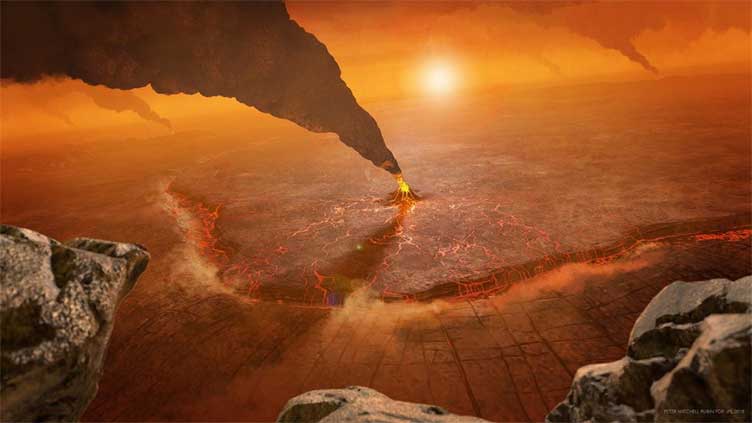Mysterious structures on surface of Venus possibly formed by tectonic activity

Technology
More than 30 years on, Magellan’s data is still yielding new information about Venus
(Web Desk) - Data gathered more than 30 years ago by NASA’s Magellan deep space probe has been reanalysed and it might show evidence of tectonic activity on the planet Venus.
Magellan was launched in 1989 to image the entire surface of Venus, the hottest planet in the solar system. It used radar to peer through the planet’s thick atmosphere to study the topography of Venus’s mountains and plains.
The mission ended when Magellan was commanded to plunge into the Venusian atmosphere in 1994.
More than 30 years on, Magellan’s data is still yielding new information about Venus.
The new study, published in the journal Science Advances, looks at measurements related to oval-shaped features called corona on the planet’s surface, spotted by Magellan.
Corona on Venus range from 10s to 100s of kilometres across. Scientists don’t know what coronae are, but believe these are locations where a plume of hot, buoyant material from the planet’s mantle rises, pushing against the crust and uppermost mantle layers.
“Coronae are not found on Earth today; however, they may have existed when our planet was young and before plate tectonics had been established,” says lead author Gael Cascioli from the University of Maryland, US and NASA’s Goddard Space Flight Center.
“By combining gravity and topography data, this research has provided a new and important insight into the possible subsurface processes currently shaping the surface of Venus.”


